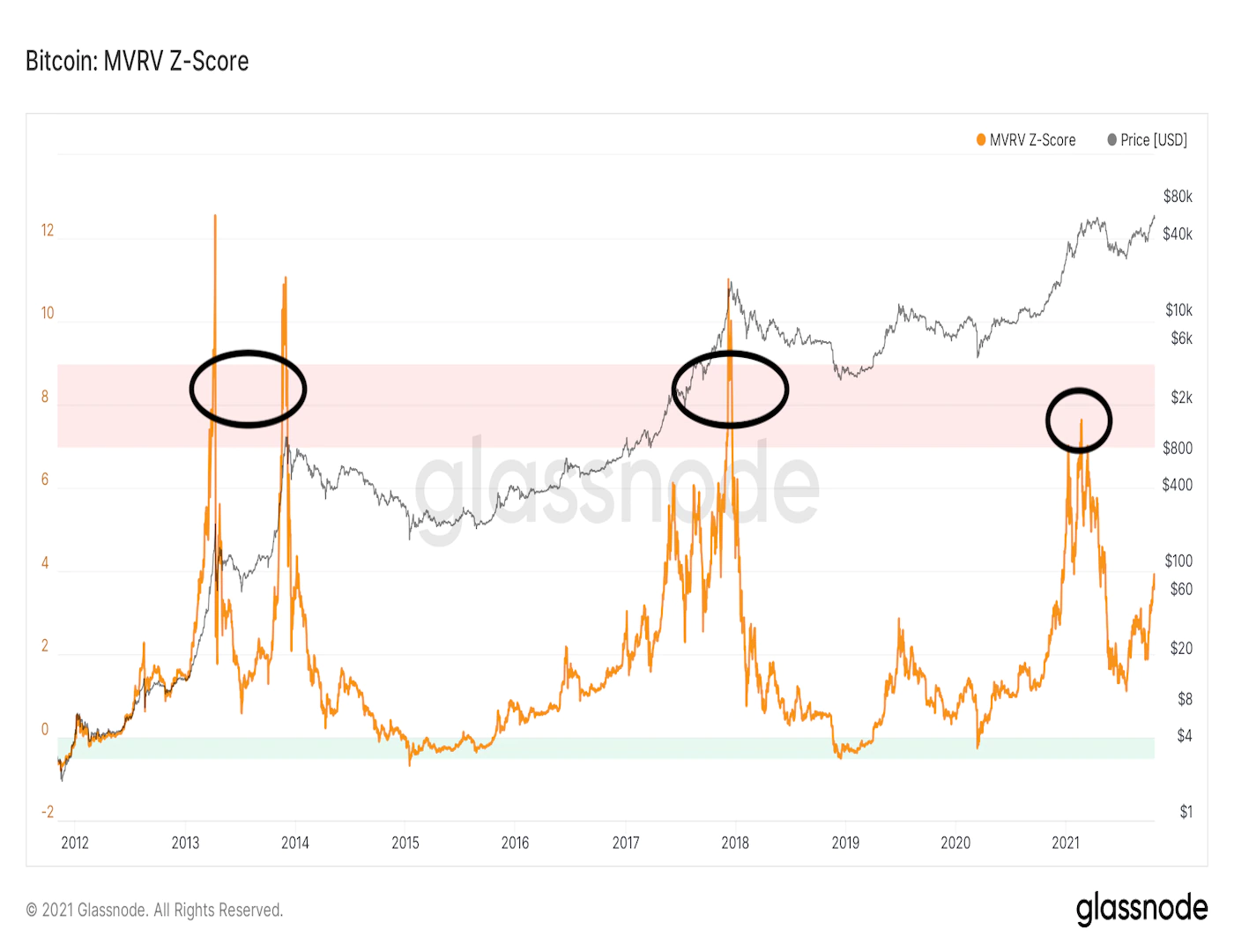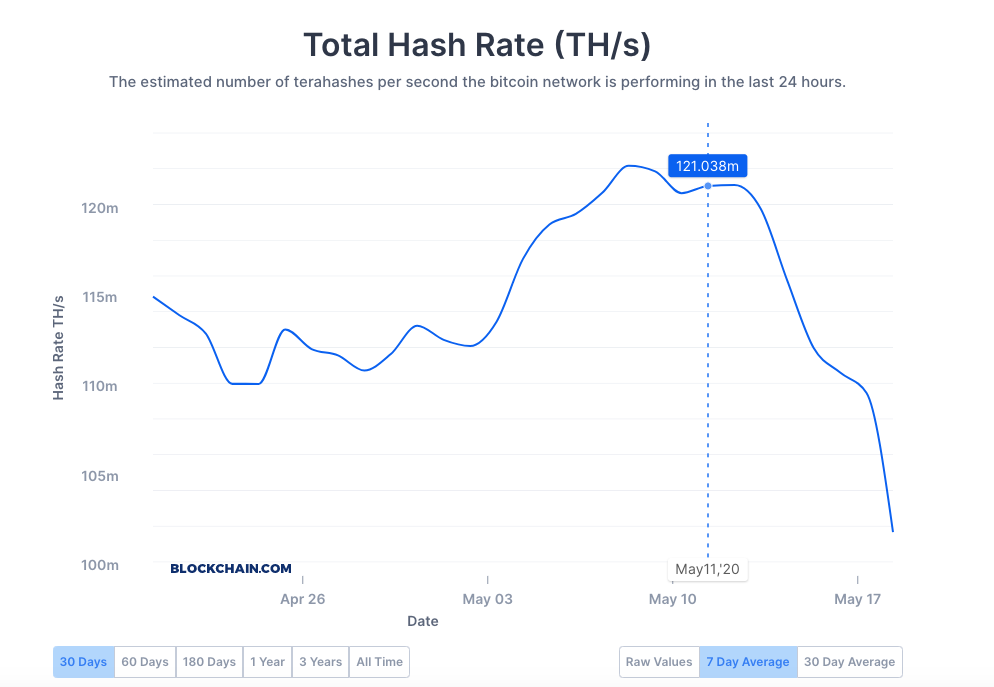The Protocol: Blockchains Keep Launching, From Sei to Shibarium
Past eras of crypto development were marked by a rapid proliferation in protocols for decentralized finance (DeFi) or other purposes, built atop big blockchains like Ethereum. Recently, however, there’s been a mini-explosion in new blockchains, including so-called layer-2 networks built atop Ethereum. The trend is encapsulated in this week’s launch of the Sei network – optimized for speed, and trading applications – as well as the meme-obsessed Shiba Inu crypto community’s new Shibarium blockchain. As documented in The Protocol this week, these launches aren’t always so smooth.
Our feature story by Sage D. Young and yours truly takes a deep dive into “restaking” and a pioneering protocol called EigenLayer – tipped by crypto experts as a potentially explosive technological trend; restaking represents a new way of securing blockchain projects, where it’s easy to piggyback off Ethereum’s own security apparatus. There are worries, though, that the practice may take on a life of its own, and Ethereum co-founder Vitalik Buterin has warned of the potential for systemic risk. The full story is here.
You’re reading The Protocol, CoinDesk’s weekly newsletter that explores the tech behind crypto, one block at a time. Subscribe here to get it every week.
SEI HELLO! Sei, a new layer-1 blockchain built using Cosmos technology, launched to the public, and its native SEI token garnered more than $1 billion in trading volume after being listed on crypto exchanges including Gate.io and Binance. The project is notable because it was designed as an application-specific blockchain meant for trading, in contrast to more general-purpose networks like Ethereum that could theoretically support a wider range of use cases. Jay Jog, co-founder of Sei Labs, which led the new blockchain’s development, said that the “solution” to providing faster performance of decentralized trading applications was a “fundamental rewrite of the underlying infrastructure.” (Sei Labs raised $30 million in funding in April from big-name backers including Jump Crypto and Multicoin Capital.) After some wild first-day fluctuations, the SEI token had a market capitalization of about $343 million, a touch below the nearly $500 million mark predicted by some traders. The much-anticipated debut was blemished by questions and complaints from early adopters who were expecting an immediate airdrop of rewards tokens; the Sei Foundation, which was coordinating the details, declined Wednesday to provide extra info on the likely timing. After the airdrop actually began, later in the day, the SEI price tumbled 31% as recipients dumped the tokens on the market, while complaints flooded X (fka Twitter) about the scantiness of the allocations.
DOG HOUSE – The Shiba Inu blockchain community, centered around the doggy-themed meme coin SHIB, which in turn was a play on Dogecoin’s DOGE, went live with its new layer-2 blockchain, Shibarium, built atop Ethereum. The goal is to reduce transaction fees for users involved in Shiba Inu ecosystem, but there is also a mechanism to boost the price of the SHIB token. The new blockchain will use BONE tokens as the primary gas token – used to pay fees; and some 70% of base fees will be converted into SHIB tokens and then burned, effectively reducing the supply. But the blockchain’s first day was a bit of a dog’s breakfast, with the SHIB token tumbling 9% as users widely reported troubles bridging assets over to the new blockchain, with transactions on the network stalled for at least five hours. Users were also muzzled from sending messages on a community forum on Discord shortly after the initial reports started coming in.
DIS-CONNECT: Binance, the world’s largest crypto exchange, shut down Binance Connect, formerly known as Bifinity, just one year after its launch. The service allowed merchants to accept payments in crypto, supporting 50 digital assets and major credit-card networks including Visa and Mastercard. In a statement, Binance said the decision came “in response to changing market and user needs.”
OUTED AS ALTCOINER? Fresh election-finance disclosures revealed that former U.S. President Donald Trump, who is running for the Republican nomination in the 2024 race, held $2.8 million in a cryptocurrency wallet as of early August; the blockchain-analysis firm Arkham Intelligence said it found what appears to be the wallet address, and it contains ether (ETH) along with wrapped ETH (wETH), Polygon’s MATIC tokens and the USDC stablecoin. The revelations are notable partly because other Republican candidates, including Ron DeSantis and Vivek Ramaswamy, have touted policy positions favorable specifically to bitcoin (BTC), and many bitcoiners tend to frown on usage of anything besides the largest and original cryptocurrency.
-
Hedera Hashgraph’s HBAR token surged more than 15% after the U.S. Federal Reserve’s instant payments platform FedNow added “Dropp,” a Hedera-based micropayments platform, as a service provider.
-
The team behind NEAR Protocol, a layer-1 protocol, has paid out some $1.8 million in bounties to “white hat” hackers who identified three code vulnerabilities, including two issues classified as “critical,” according to HackenProof, a website that allows for the submission of such claims.
-
Relax already about finding crypto’s “killer use case.” Lex Sokolin, former global fintech co-head at ConsenSys, writes that, “At one time, it was similarly difficult to see that our mobile phones would control the global taxi network.”
Highlighting blockchain tech upgrades and developments.
-
Immutable, specialist in Web3 gaming known for its Immutable X validium built with StarkNet, launches new zero-knowledge rollup with Ethereum’s EVM compatibility, built using Polygon technology.
-
De.Fi, crypto asset management product, releases antivirus tool on zkSync Era blockchain, to protect users against malicious crypto exploits such as phishing, smart contract vulnerabilities and blind signing.
-
ZetaChain, Ethereum-compatible “EVM” layer 1 blockchain designed for interoperability, raised $27M as it focuses on mainnet launch. (Blockchain.com, Human Capital, Vy Capital, Sky9 Capital, Jane Street Capital, VistaLabs, CMT Digital, Foundation Capital, Lingfeng Capital, GSR)
-
Xverse, bitcoin wallet that supports Ordinals, raises $5M in seed round to accelerate development of features related to decentralized finance and Stacks, Lightning and other Bitcoin scaling solutions. (Jump Crypto, RockawayX, Sfermion, Alliance, NGC Ventures, V3ntures, Old Fashion Research, 2140 Bitcoin Ecosystem Fund, Bitcoin Frontier Fund, Newman Capital, Franklin Templeton, New Layer Capital, Miton C, Gossamer Capital, Daxos Capital, Sora Ventures, Tyhke Block Ventures, IOBC Capital, Despread)
-
Linera, layer-1 blockchain founded by former Meta engineer that’s pioneering the idea of “microchains,” closes $6M funding round to expand team, launch devnet and testnet, foster strategic presence in Asia-Pacific region. (Borderless Capital, Laser Digital Ventures, DFG, Cadenza, Block1, Eterna Capital, MH Ventures, Matrixport, L2IV, ArkStream, Flow Traders, GSR Markets, OWC)
Injective, Year’s Top-Performing Token, Is About to Have Its Supply Constrained Even More
Injective Protocol, blockchain built for finance that claims to be the fastest among layer 1s, announced a new “2.0” tokenomics upgrade. The plan will “dramatically increase the amount of INJ burned weekly,” according to a blog post. According to Messari, the INJ token price has quintupled year-to-date, making it the top performer among cryptocurrencies with a market capitalization of at least $500 million.
:format(jpg)/cloudfront-us-east-1.images.arcpublishing.com/coindesk/P3LVKWHUH5CP7JE4VFD7N7PZ3M.png)
Edited by Bradley Keoun.
DISCLOSURE
Please note that our
privacy policy,
terms of use,
cookies,
and
do not sell my personal information
has been updated
.
The leader in news and information on cryptocurrency, digital assets and the future of money, CoinDesk is a media outlet that strives for the highest journalistic standards and abides by a
strict set of editorial policies.
CoinDesk is an independent operating subsidiary of
Digital Currency Group,
which invests in
cryptocurrencies
and blockchain
startups.
As part of their compensation, certain CoinDesk employees, including editorial employees, may receive exposure to DCG equity in the form of
stock appreciation rights,
which vest over a multi-year period. CoinDesk journalists are not allowed to purchase stock outright in DCG
.
:format(jpg)/s3.amazonaws.com/arc-authors/coindesk/f22b7b33-3453-471b-9db5-9f17af90a499.png)
Bradley Keoun is the managing editor of CoinDesk’s Tech & Protocols team. He owns less than $1,000 each of several cryptocurrencies.
Learn more about Consensus 2024, CoinDesk’s longest-running and most influential event that brings together all sides of crypto, blockchain and Web3. Head to consensus.coindesk.com to register and buy your pass now.









